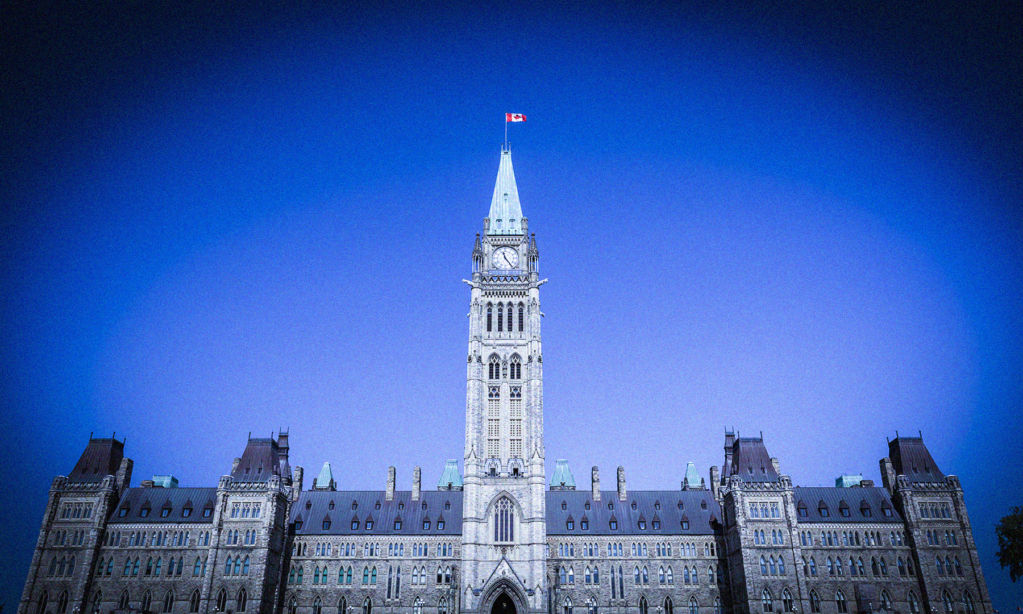I’d like to thank the committee for your invitation to speak to you today concerning the 2023 federal budget. My presentation today will review only two of the 24 chapters from our own 2023 Alternative Federal Budget, released a month ago. I’ll focus my comments today on some proposed measures on income security and taxation from this year’s alternative budget.
First of all, it is worth reflecting on the incredible poverty impacts of federal supports during pandemic. The federal poverty reduction strategy plan targeted reductions in poverty of 50% between 2015 and 2030. Poverty rates stood at 14.5% in 2015 but fell to only 6.4% in 2020—a reduction of 56%, besting the long-term target of the federal poverty reduction strategy a decade early.
This accomplishment underlines the fact that the federal poverty reduction goals are not as ambitious as they could be, but they have already been achieved—two years ago! Unfortunately, the 2020 poverty reduction will be a blip as rates rise again due to the expiry of the Canada Emergency Response Benefit (CERB) and enhanced Employment Insurance (EI), among other one-time supports.
We need to build on the lessons of pandemic supports to create sustainable reductions in poverty. Our Alternative Federal Budget envisages these supports across what we’re calling the four pillars of income security.
The first pillar is for families with children. The Canada Child Benefit already creates this first pillar. However, it can stand improvement. This year we propose a supplement to the CCB called the end poverty supplement. It provides additional supports of up to $8,500 more per child to families that are in particularly deep poverty.
The second pillar is for seniors, and it is already in place via Old Age Security, the Guaranteed Income Supplement, and the Canada Pension Plan. We propose lowering of the age of eligibility for the GIS to 60. Poverty rates remain particularly high for Canadians aged 60-64 before they gain access to senior support programs at age 65.
The third pillar is a new program that we're calling the Canada Livable Income. It is a new universal benefit for Canadians of working age without children. It fills an important gap in our present system for working-age Canadians. The Canada Workers Benefit is meant to fill this gap, but does so poorly, as the CWB requires employment income and even then, remains inadequate. Our proposed Canada Livable Income would provide $5,000 for individuals or $7,000 for couples who live in deep poverty.
The fourth pillar would be the creation of a Canada Disability Benefit. While this would be a new pillar of income security, it's certainly already under consideration by the federal government. Our alternative budget lays out specific levels and phase-out criteria for such a benefit. It also proposes implementation criteria over a three-year time frame.
Speaking of income security, we also propose a rapid support guarantee. The goal here would be for the Canada Revenue Agency (CRA) to provide income supports within a month of Canadians becoming eligible instead of the current situation where Canadians have to wait until tax time or upwards to a year to receive important income supports. The CERB illustrated that supporting Canadians could happen much faster than we’re traditionally used to.
Finally, government are tasked with raising revenue to pay for vital income supports and public programs. Our alternative budget does not shy away from the revenue side.
We propose higher corporate income taxes in Canada, but not just on the banking sector, which was the focus of Budget 2022.
Corporate Canada has been capturing record amounts of our economy as profits during this inflationary period. Plenty of focus recently has been on grocery store profits, but this is actually a small part of a much larger picture. The excess profits that we've seen since the end of 2020 have been driven by oil and gas extraction and refining, the mining sector and real estate industries, in addition to banking.
Our Alternative Federal Budget proposes the federal government raise new revenues from a higher general corporate income tax rate. We also propose raising new revenue from changes like a minimum tax on book profits, capping the deductibility of executive pay, limiting the dividend tax credit to actual taxes paid, and many other revenue-raising tools to make our tax system more progressive.
What I have discussed here today only briefly outlines the contents of two chapters. I encourage members to examine the other 22 chapters, which include detailed policy proposals for child care, long-term care, climate change, infrastructure and more.
These remarks were made on October 24, 2022 and have been edited for clarity.
Watch David's presentation here (1544:41 - 15:49:35)







